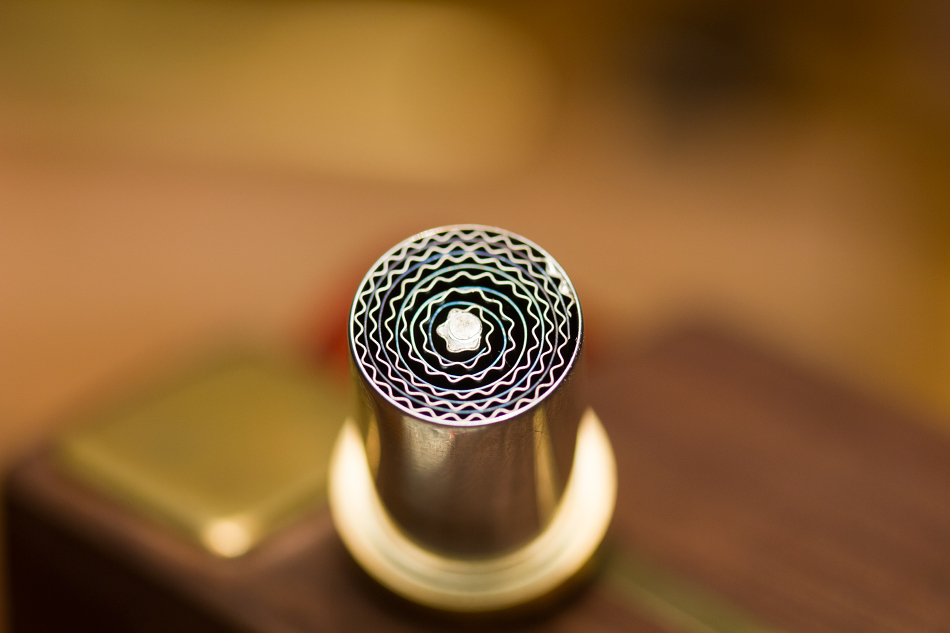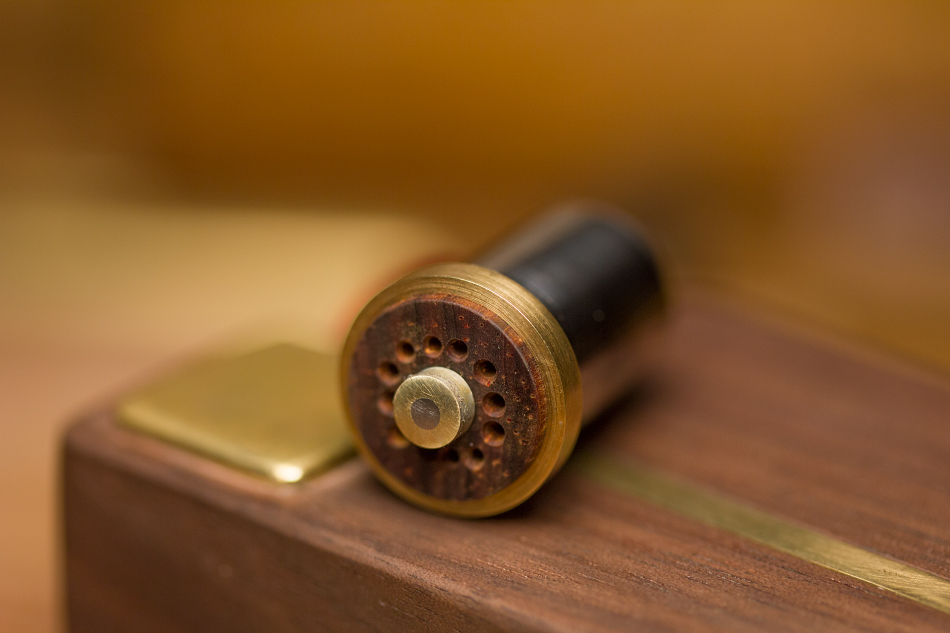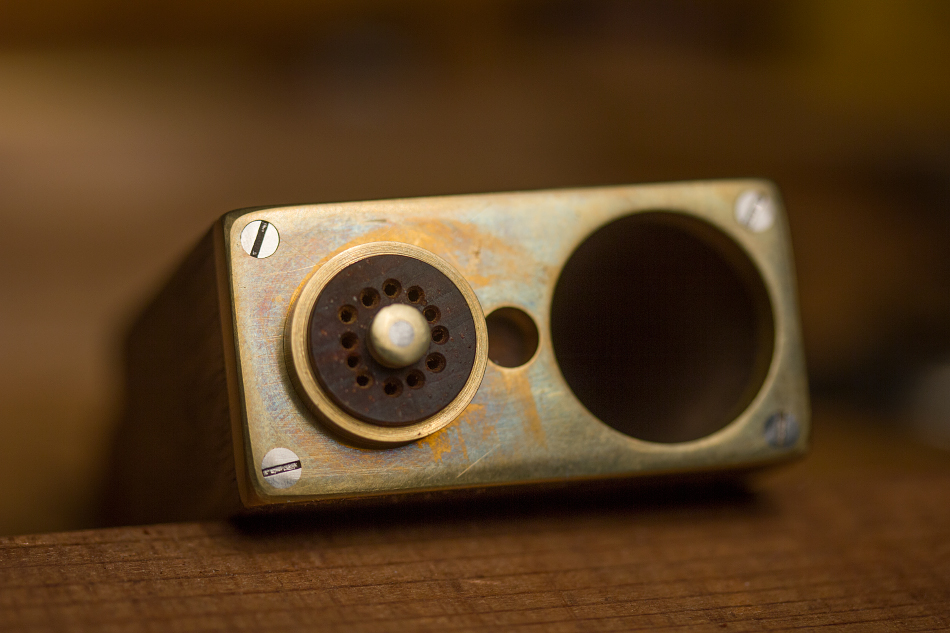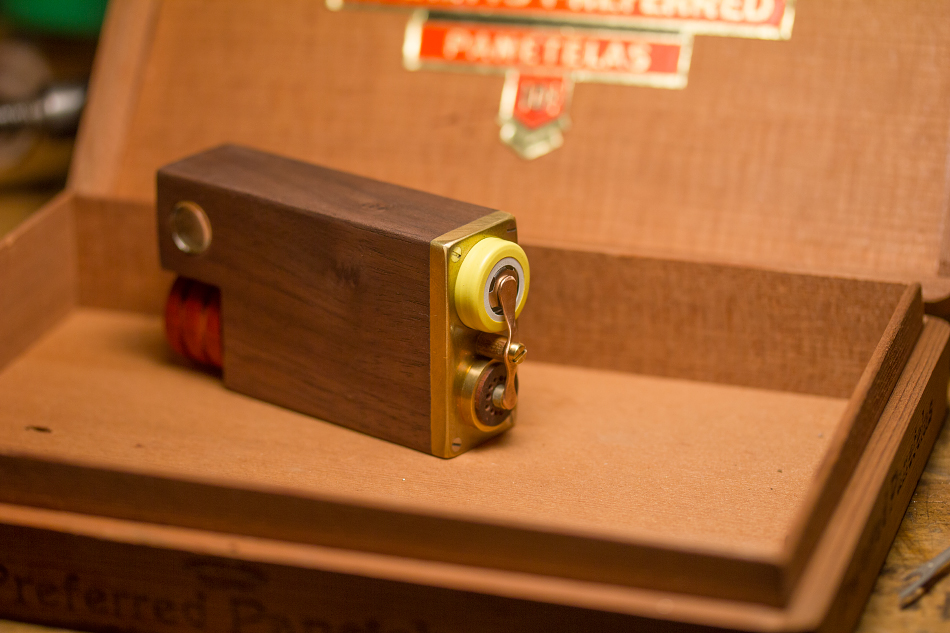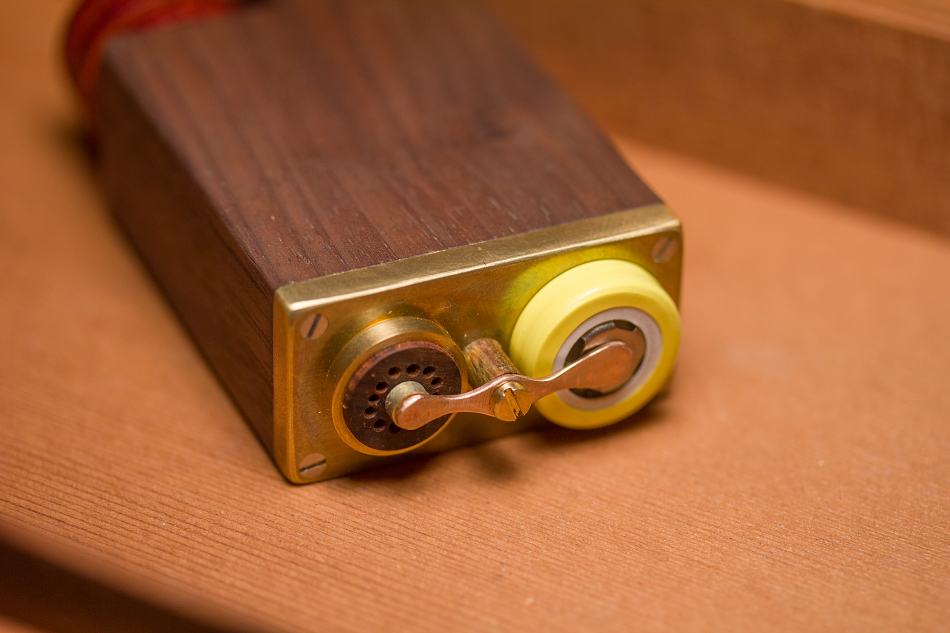namasteIII
Well-Known Member
Im with 15. from reading the Milliana thread people like the 18m thing. And my water tool is 18 so that's a win.
All color is Chinese originAlso, if anyone out there has a 19/22 male joint, with straight stem, and a ruler.. perhaps you could measure the OD of the straight tube section. I suspect that there will be a small difference between glass manufacturers... and it would help to know the deviation +/- from 15mm.
I could choose a softer O-Ring to help compensate for OD deviation.
Thanks!

All color is Chinese origin
Amber Stem = 16mm
Cobalt Stem = 17mm
Emerald Stem ≈ 16.2mm
China Clear = 15.5mm
Schott Clear = 17mm
Wear and tear and ease of use, and of course we all seem to prefer our glass vapor paths. It sounds like the o-ring will be technically be outside of the path but could get quite hot, like I said just a bit concerned. Imo gg joints are the way to go, like with the rbt vapes but maybe a little deeper for compatibility reasons.@grokit, I am all ears, what are your concerns?
That's cool. The ptfe should take care of any ease of use concerns. We'll be inserting the tube with the o-ring on it, into a wooden hole rimmed with brass? I like the part about no glue, and of course unbreakable is always good. This is in the interest of keeping use as simple as possible, as the o-ring presents another variable like screen and stem choices. I'm wondering if a groove on the inside of the hole to secure the o-ring might be another design choice, but that may affect other variables that I haven't considered.I will be sourcing PTFE encapsulated silicone O-Rings. These give the comprehensibility of silicone, with the very low co-efficient of friction of PTFE.
I'm wondering if a groove on the inside of the hole to secure the o-ring might be another design choice, but that may affect other variables that I haven't considered.
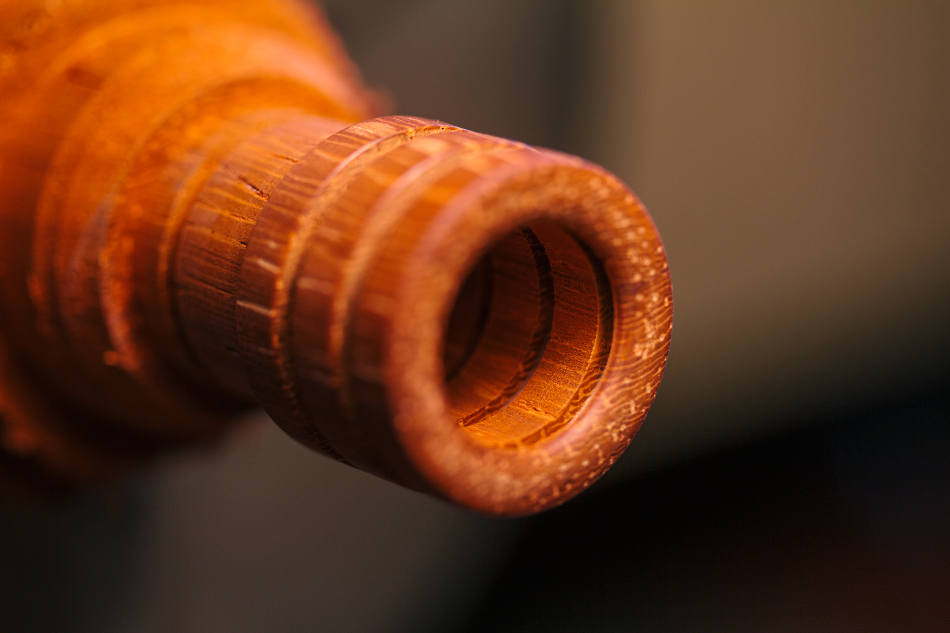
I am placing my bulk glass stem order for the production units. And before I place my order with my local lab glass blower, I want to make sure I have my specs correct...
Here is where I need your help, FC.
The wooden stem collar will hold the straight glass stem with O-Rings, no taper joint.
The glass stem outside diameter is what I am torn about.
I have two choices. 12mm OD, and 15mm OD.
12mm OD will play nice with 14mm (14/20) ground glass male adapters.
15mm OD will play nice with 18mm (19/22) ground glass male adapters.
Depending on the tube wall thickness,
12mm OD tube allows for herb chamber inside diameters of 10mm, 9mm, 7.6mm.
15mm OD tube allows for herb chamber inside diameters of 11.4mm, 10mm.
To adapter to a water tool, this will be used, inserted with the straight tube down into the vape, and the male taper joint to be fit into whatever matching female joint you have on your water piece.
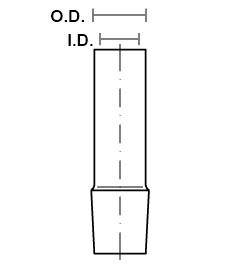
The O.D. and I.D. pictured above are the numbers in question.
Obviously the 12mm OD tube gives you a smaller diameter herb chamber.
The 15mm OD tube allows for a slightly larger herb chamber.
Currently I am leaning towards the 15mm OD tube, for larger diameter chamber.
Thoughts?
Also, if anyone out there has a 19/22 male joint, with straight stem, and a ruler.. perhaps you could measure the OD of the straight tube section. I suspect that there will be a small difference between glass manufacturers... and it would help to know the deviation +/- from 15mm.
I could choose a softer O-Ring to help compensate for OD deviation.
Thanks!
And@DarkSm0ke, thank you guys so much for all of those nice comments! Really makes my day. I can't think of anything to say, but just know that your words mean a lot to me! Truly!
Same goes for all of the above posters! So much kindness here on the FC!
 and I definitely agree 15mm, 12mm seems a hair too narrow for my preferences using 14mm and 18mm stem vapes at least
and I definitely agree 15mm, 12mm seems a hair too narrow for my preferences using 14mm and 18mm stem vapes at least

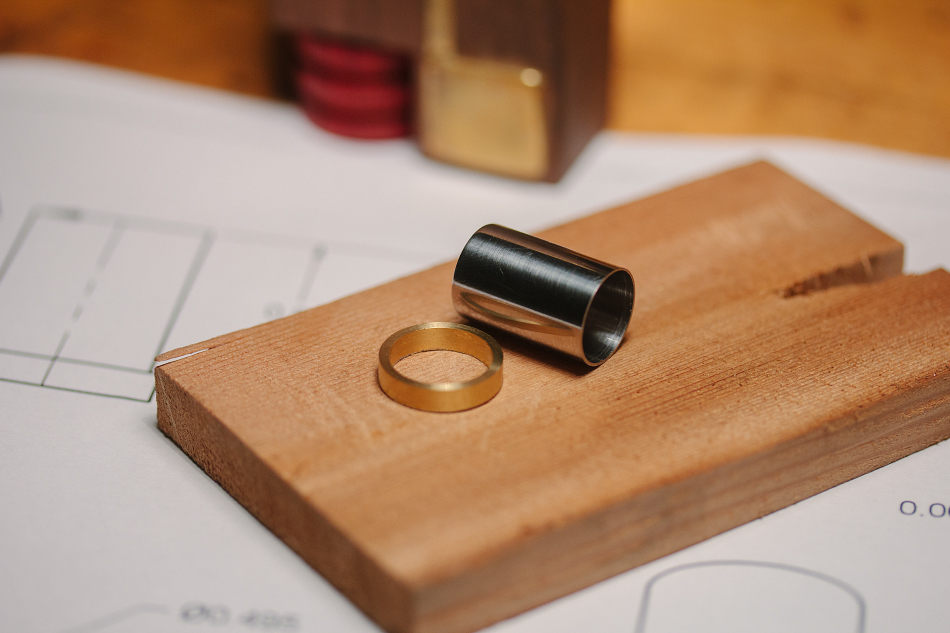
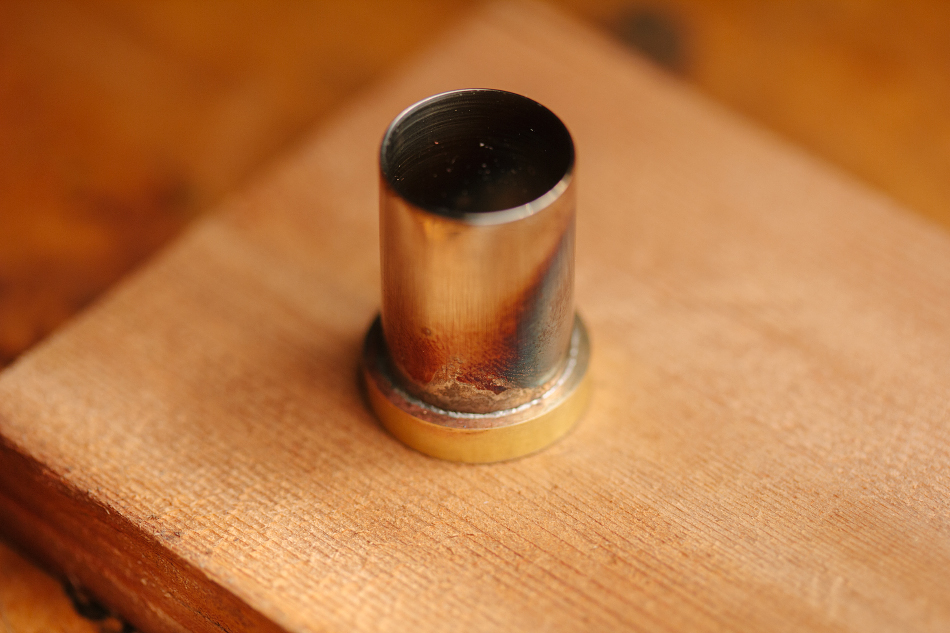

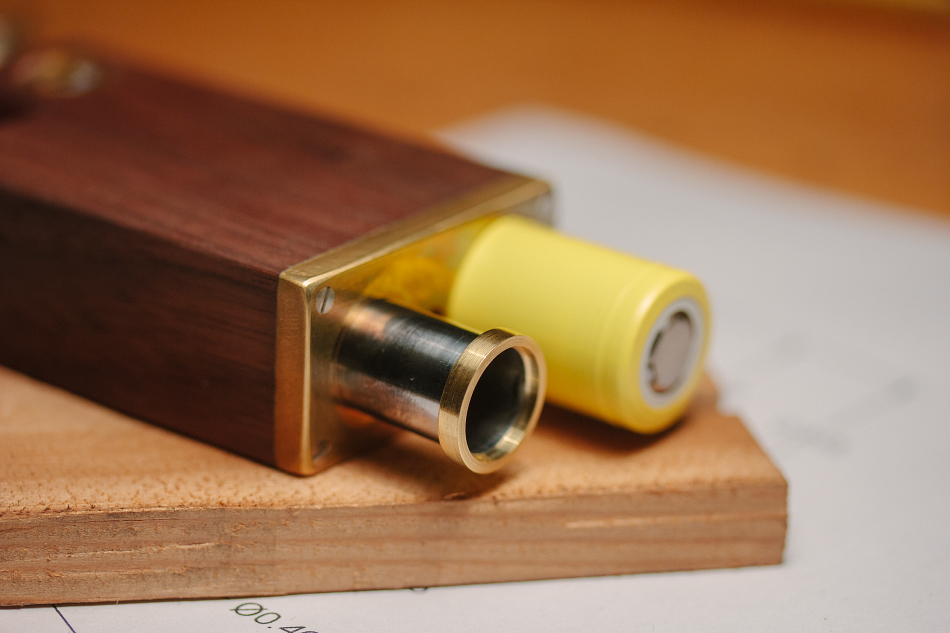
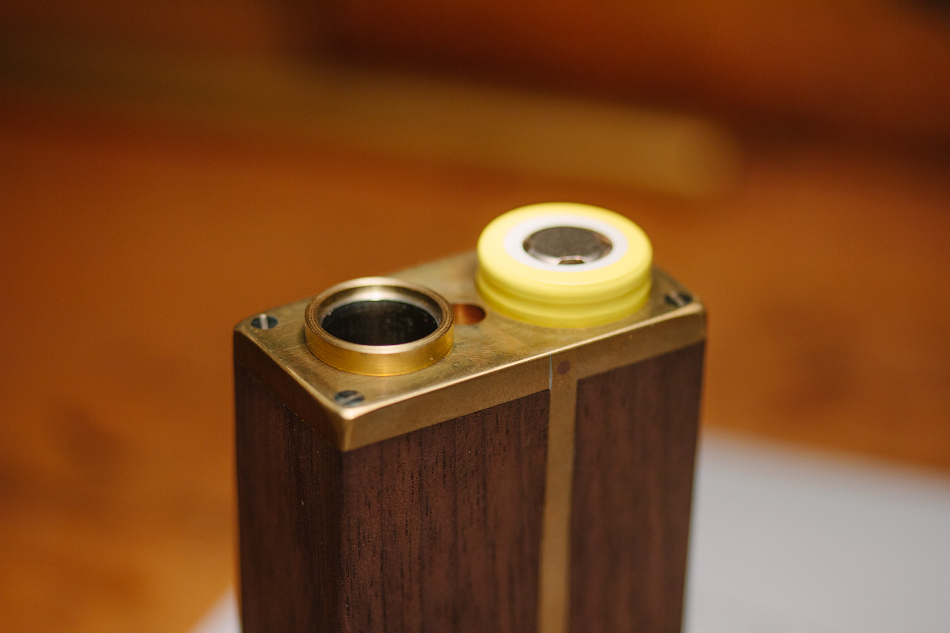
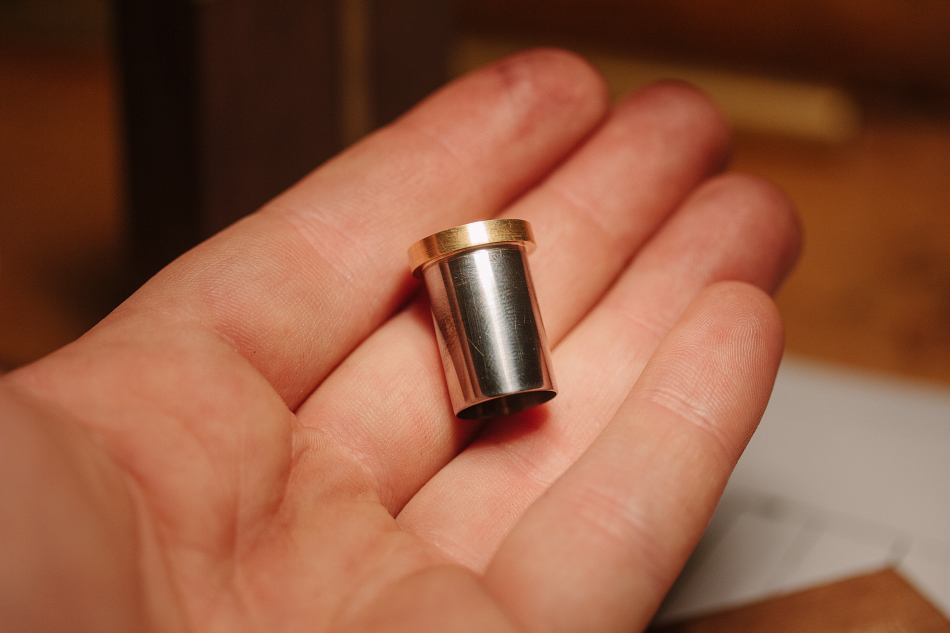
What he said!!!This is already my favorite vape of all time

